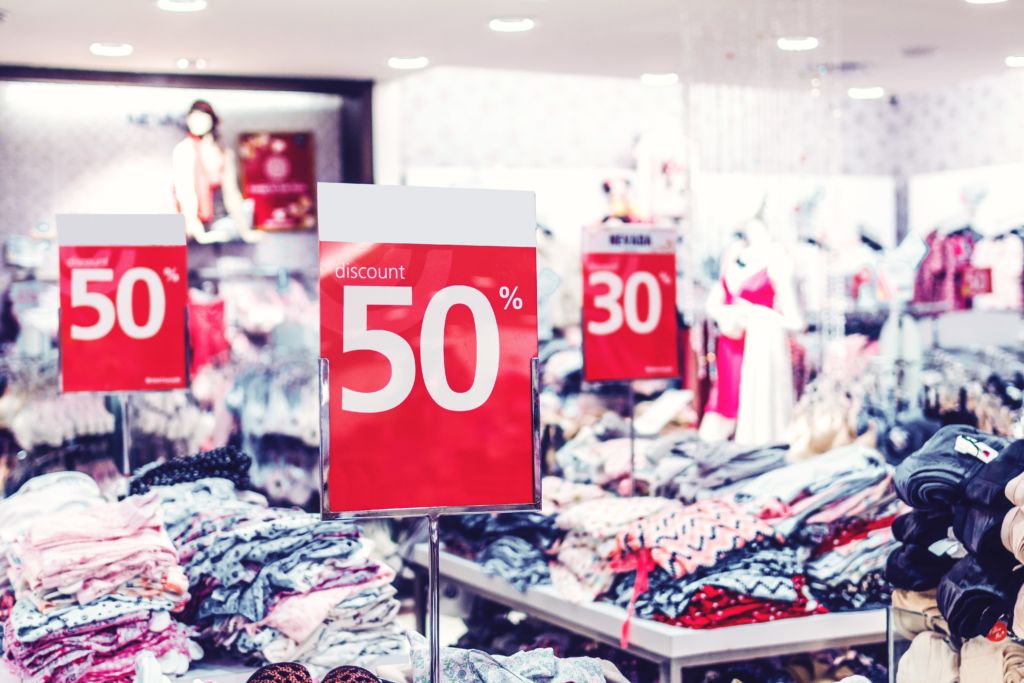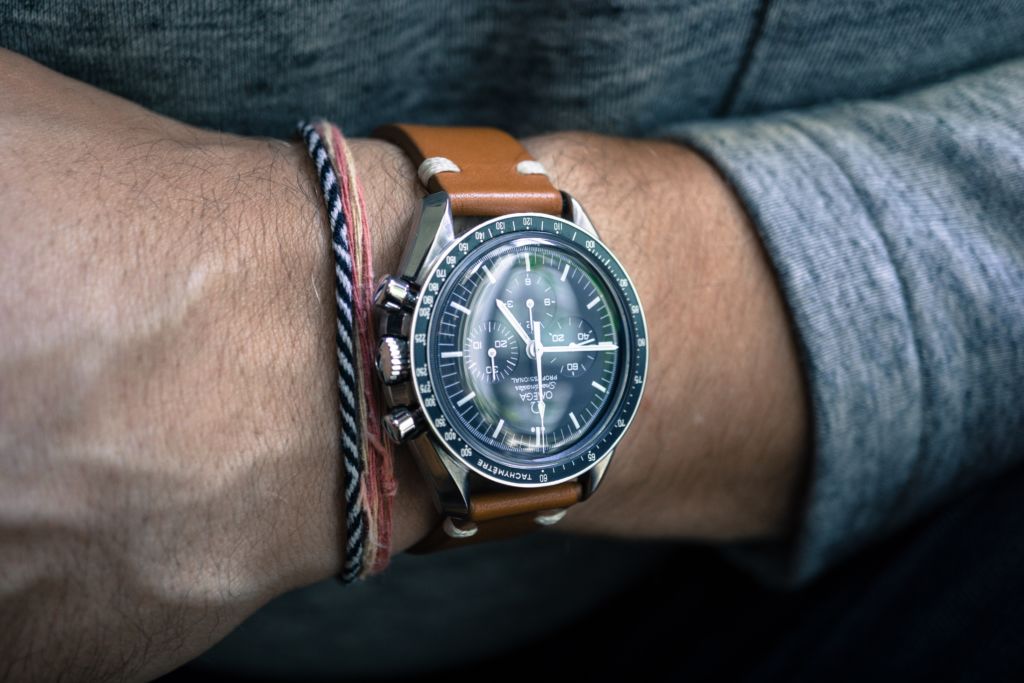
Knowing perfectly the goal they want to reach and the path to follow is fundamental for retailers and fashion brands in the mass market. In their exploration of a demand-driven sourcing strategy, they must create different financial scenarios that allow them to generate a quantified database to use as a compass on that path to the desired strategy.
This model must consist of three fundamental and different elements: the speed-to-market, the value of time and the balance between Asian origins and neorelocalization.
1. The speed-to-market.
The first cornerstone of this process is calculating the potential value generated by an improvement in the speed to market, and to make estimates for several or each of the product lines. The value generated by fast speed-to-market will be derived from factors such as increased sales, greater realization of full price sales and lower inventory levels. Sales increase as a result of responding more quickly to fashion trends, creating the ability to try more styles (try and scale), preventing early sell-out of the most successful models, and decreasing brand cannibalization and dissolution through clearance and price discounts. In the long run, this process will improve the overall position of the brand.
The value generated by improved time-to-market will vary between brands and different product lines: fashion styles that are seasonal trends will benefit more than basic items. Retailers and brands need to analyze historical data and volatility, sales rates and price reductions for different product categories in order to have a very clear view of the impact that improved speed-to-market could have.
2. Balance between neorelocalization and Asia.
Once the positive impact generated by the improved speed-to-market has been estimated, the next step in the process is to understand the cost influences and feasibility of nearshoring for different types of items. A solid cost baseline must be established for production in different origins based on labor time for each type of product, labor cost and productivity (of different countries), logistics costs, tariffs, etc.
Once this baseline of costs is generated and used to support analysis, the possibility of manufacturing different types of products in different countries is evaluated. The equation must include the perspective on current manufacturing capacities, access to fabrics and accessories. That is to say, to evaluate the degree of existence of the vertical industry. Several of the factors in this equation, such as manufacturing capacities, productivity and access to fabrics and other materials, should be considered influential, since the pioneering brands in the fashion sector will invest in improving them.
3. The value of time.
Once the value of time to market and the baseline for comparing costs have been identified and analyzed, they should be integrated into an economic and financial view of production in proximity. At this step of the process, the brands would be able to add to these new parameters the different scenarios of automation of the industry.
What is relevant is that once automation has overcome the current technical barriers, nearshoring and automation will not make sense, from a financial point of view, for all the styles of a brand, but will make sense for a relevant part of each collection.
Decisions regarding the future production strategy for each type of product must be based on two main criteria: the feasibility of manufacturing in proximity and the commercial value generated by the reduction in lead times.
The type of product defines the manufacturing origin.
he degree of labor requirement and the difficulty of process automation – two key factors that influence the viability of nearshoring – vary greatly between different types of products, styles and designs. This variation is motivated by the characteristics of each model, for example, the number of pieces, the finish and intricate details, the movement of the pieces and the type of raw material.
Life-cycles of styles and the degree of fashion relevance are key differentiators that influence the commercial importance of short lead times and the agility to achieve higher sales and full price rates.
Considering each and every one of these factors when classifying products helps mass market brands and retailers establish a sourcing strategy:
What items should be purchased in proximity?
What type of product can be produced locally?
For which styles is automation or semi-automatization crucial with the goal of achieving the best economic result in terms of costs and sales?
What designs are optimal to produce in Asian or low-cost origins?
Automation facilitates customization.
In the near future, major apparel brands will use automation not only to increase sales and reduce costs, but also to advance business innovation.
Of those surveyed by the international consulting firm McKinsey – in the referenced report – 80% said that it is likely or very likely that the contribution of automation to the creation of new business models – for example, the ability to customize the model or its fit – is a key driver of growth for brands.
From the supply-driven to the demand-driven business model.
While not all automation technologies are currently in use, using the decision model to segment the assortment helps fashion brands identify the areas they will need to focus on in transforming their supply chain and what types of capabilities, skills and partnerships they must build to succeed in shifting from a supply to a demand approach.















































